It is something we all learn in school: that by publishing On the Origin of Species in 1859, Charles Darwin introduced to the world a groundbreaking theory of biological evolution.
But he was not the first to formulate a theory of evolution by natural selection.
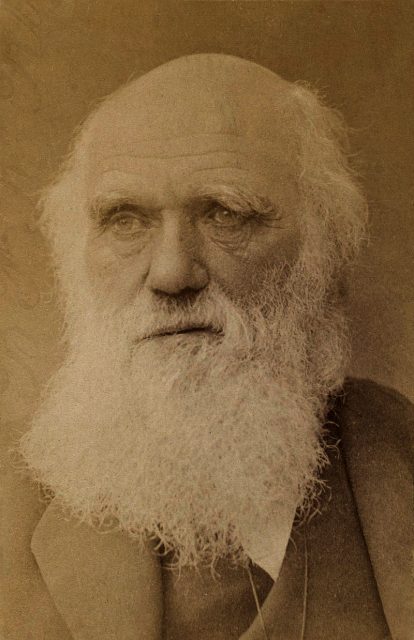
A number of academics and explorers had already concluded that life on Earth was very old — that it has changed over time, and that many species had died out in the past and others appeared.
Darwin himself took more than two decades of research before he finally compiled all his knowledge into the groundbreaking book. He wanted to have a substantial amount of data before sharing his ideas to the world.
He also interacted with other scientists during this period. One of them was fellow Englishman, Alfred Russel Wallace.
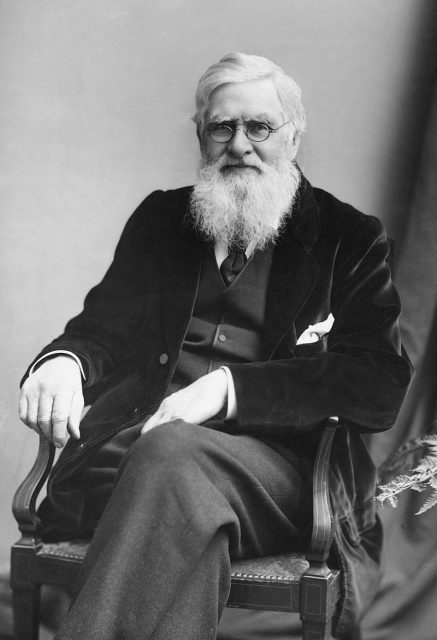
Wallace, who spent much time surveying the wildlife of Asia, but also other continents, even provided Darwin with specimens of birds which contributed to Darwin’s final output.
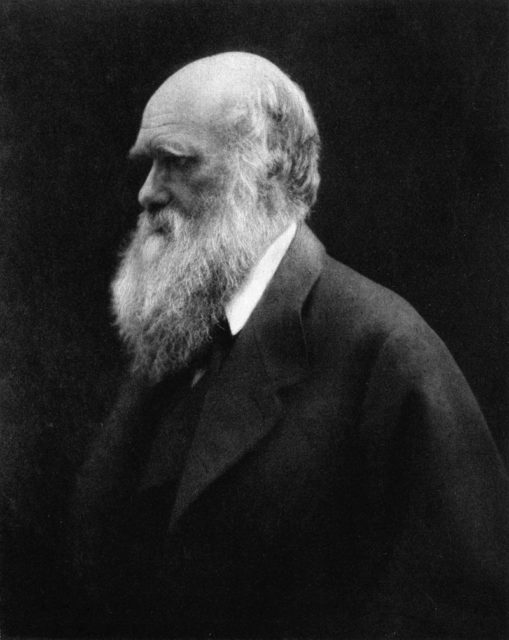
Wallace stayed extensively in the Dutch East Indies (today Indonesia).
The archipelago he so thoroughly researched is one of the richest in biodiversity in the world. Here he would record hundreds of thousands of specimens of insects, birds, and other animals, catching their differences to the smallest detail.
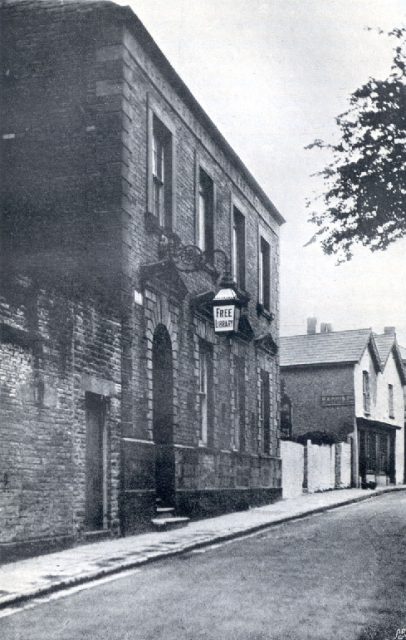
By 1855, Wallace had reached the conclusion that all living beings are capable of evolution, though he struggled for a while to work out how this happened. In 1858, he was sick with a high fever while on the Halmahera island of Indonesia’s Malay archipelago when a thought flashed his mind: That animals can adapt to their surroundings, which is how they evolve.
Once his health recovered, Wallace penned his theory — his writing did not surpass more than ten pages. He presented to Darwin his developed evolution theory in 1858. To Darwin’s total surprise, much of what Wallace wrote closely resembled what Darwin himself personally thought on the matter.
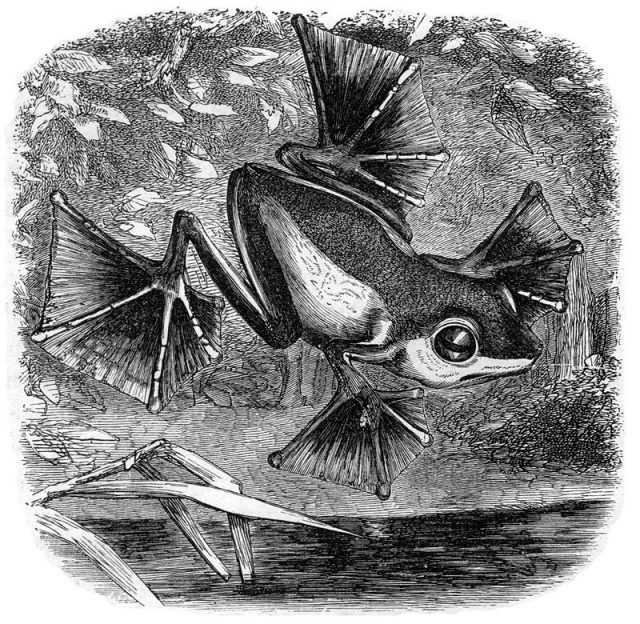
Extracts from Wallace’s paper, along with writings by Darwin, were compiled into one article which was published in the journal Proceedings of the Linnean Society in 1858, under the title “On the Tendency of Species to Form Varieties; and on the Perpetuation of Varieties and Species by Natural Means of Selection.”
When Darwin went on to publish On the Origin of Species a year later, he achieved world fame, but Wallace retained a low profile. However, the second of the pair of these great scientific minds of the 19th century continued with his research and he would continue to develop important advances in the field of biogeography.
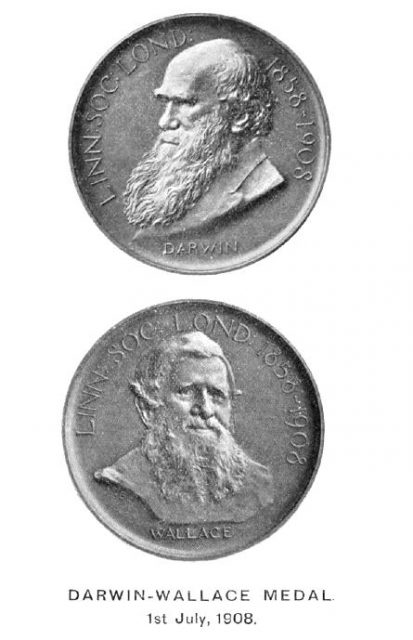
Wallace was most captivated by the island of Sulawesi, today part of Indonesia. He recognized the island had a particularly unique biodiversity system, though human impact has not left it unaffected. Sulawesi’s striking flora and fauna have been greatly decimated over time, with an array of the island’s native species on the verge of extinction today.
He showed a particular interest in a local bird known as the maleo that is exclusive to Sulawesi. Wallace recognized what a great adaptation the maleo bird species had achieved on the island. These birds even harness Sulawesi’s geothermal energy to hatch new chicks.
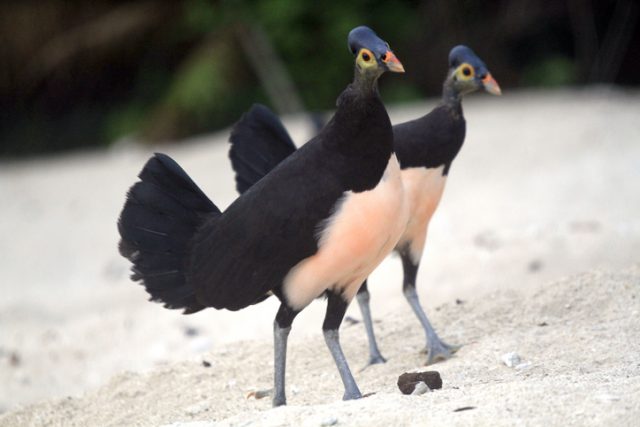
Maleo never sit on their eggs. Instead, they use geothermal heat to incubate their offspring. After determining which places on the island have the optimal temperature, the birds dig in the soil and deposit an egg that will hatch in around two months.
When the maleo chicks emerge out of the ground they are already capable of flight, allowing them to keep safe from hunting lizards.
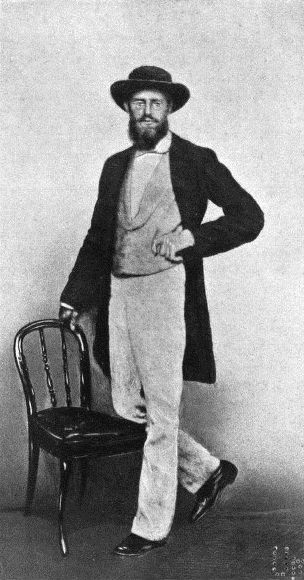
The most significant question that Wallace wanted to answer here was why specific animals are native to specific places? It was a question of correlation. Similarly to how animal species are affected by the environment they inhabit, geographical regions are also affected by the type of animals that exist there, he reasoned.
Not a single bird similar to the maleo could be found on Borneo, Wallace noted, just a couple of miles to the west of Sulawesi. The maleo did have relatives in neighboring Australia, however nothing similar existed in Asia.
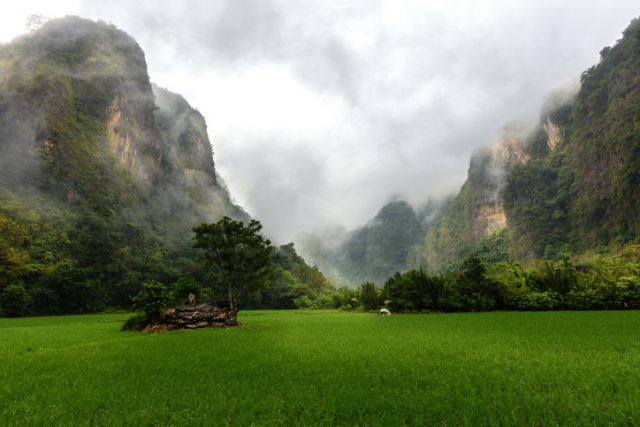
Wallace figured the island of Sulawesi occupied a border zone between two distinct biological districts. To the west lay the biological world of Asia, rich with species such as the elephants.
East was where the biological region of Australia began, known for its kangaroos or dingos. Sulawesi was where these two worlds collided and formed a specific transitory area, in which maleo for one would comprise a species representing a border bio-culture.
According to Wallace, the island’s animal species had remained isolated for a long period of time, long enough that they slowly evolved into new species, unique to the island.
The idea that running between Borneo and Sulawesi there is a borderline which separates Asian wildlife from Australian was perhaps the most significant idea Wallace ever mused on.
Wallace would no doubt be intrigued to know that this border region — nowadays known as the Wallace Line — roughly correlates to the boundary between two continental plates that were once far apart. The transitory area around this line is known as Wallacea.
Alfred Russel Wallace may have not grown as famous Charles Darwin, but it’s cool that an important geographical line on our planet still bears his name.
